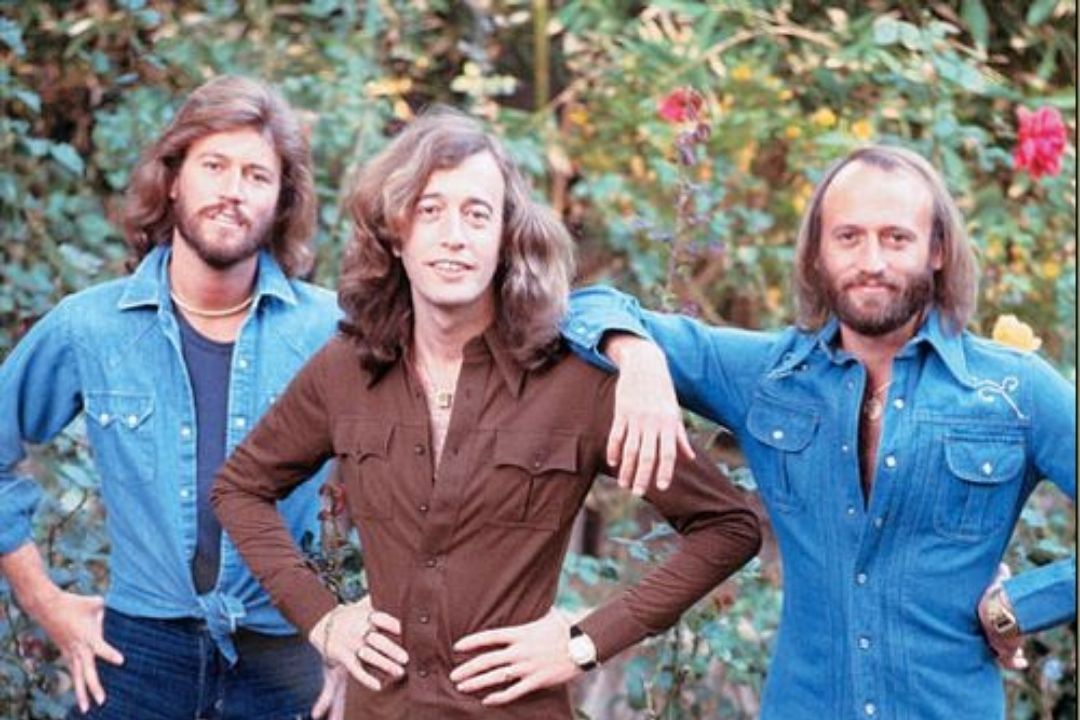About the song
A Detailed Introduction to “Night Fever” by Bee Gees
“Night Fever” is one of the most iconic songs by the legendary pop group Bee Gees, comprising brothers Barry, Robin, and Maurice Gibb. Released in February 1978, the song became a defining track of the disco era and played a crucial role in the success of the Saturday Night Fever soundtrack, which remains one of the best-selling film soundtracks of all time.
Origins and Composition
The song was written by Barry, Robin, and Maurice Gibb and produced by the Bee Gees in collaboration with Albhy Galuten and Karl Richardson. Its genesis dates back to 1977 when the Bee Gees were working on music for the film Saturday Night Fever, even though the movie was still in early production stages. “Night Fever” was originally inspired by a combination of Barry Gibb’s falsetto experiments and a melody idea developed during casual jamming sessions.
Interestingly, the Bee Gees had originally been asked to compose music for a movie tentatively titled Saturday Night, but Barry suggested changing the name to Saturday Night Fever, partly due to the strong appeal of the word “fever,” which they had just used in the new song title “Night Fever.” The producers agreed, and both the film and the song benefited from this synergy.
Musical Style and Structure
“Night Fever” exemplifies the lush, rhythmic, and danceable style of late 1970s disco. It opens with a haunting string arrangement that sets a sultry, seductive tone, followed by a steady, syncopated beat provided by session drummer Dennis Bryon. The melody is carried primarily by Barry Gibb’s distinctive falsetto vocals, which were a hallmark of the Bee Gees’ sound during their disco phase.
The song features layered harmonies, a driving bass line, and vibrant use of electric piano and synthesizers, giving it a rich, atmospheric texture. The orchestral elements, arranged by Galuten, complement the groove perfectly and elevate the song from a standard dance track to a timeless classic.
Lyrically, “Night Fever” captures the euphoria and sensuality of nighttime city life, love, and dancing. The repeated refrain “We know how to do it” reflects the confident, free-spirited essence of disco culture. The lyrics are relatively simple but resonate deeply with the energy of the era, making it both a club anthem and a radio-friendly hit.
Commercial Success and Cultural Impact
“Night Fever” was a massive commercial success. It topped the Billboard Hot 100 chart in the United States for eight consecutive weeks, from March to May 1978, making it one of the longest-running number-one hits of that year. It also reached number one in several other countries, including the UK, Canada, and Australia.
The success of “Night Fever” and the entire Saturday Night Fever soundtrack helped solidify disco’s place in mainstream culture. The Bee Gees, once known primarily for their melancholic ballads and soft rock tunes, reinvented themselves as disco kings, dominating the charts in the late ’70s.
The song was also crucial in establishing the aesthetic and musical identity of the disco movement—one that celebrated liberation, rhythm, and hedonism. The falsetto style, groovy basslines, and orchestral flourishes influenced countless artists and producers in the following years.
Legacy
Even decades later, “Night Fever” remains a defining track of its era. It continues to be played in discos, on retro radio stations, and featured in films and television series that evoke the 1970s. The Bee Gees’ transformation through songs like this helped them remain relevant for over four decades in a constantly evolving music industry.
In 2004, “Night Fever” was ranked No. 33 on AFI’s 100 Years…100 Songs survey of the top songs in American cinema, highlighting its enduring importance not only in music but also in film history.
The song stands as a testament to the Bee Gees’ innovation, versatility, and uncanny ability to capture the spirit of an age. “Night Fever” isn’t just a song—it’s a piece of cultural history that continues to inspire joy and movement every time it plays.
